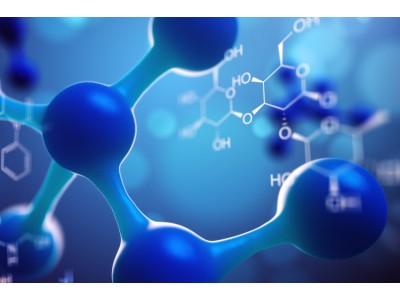| Bioactivity | Anabaseine is a non-selective nicotinic agonist. Anabaseine stimulates all AChRs, preferentially stimulates skeletal muscle and brain α7 subtypes[1][2]. Anabaseine is also a weak partial agonist at α4β2 nAChRs[3]. |
| Target | AChRs |
| Invitro | Anabaseine is a full agonist at α7 AChR in the central nervous system (CNS) and a full agonist at α1β1ɛδ and α1β1γδ (Torpedo) in the peripheral nervous system[1].Anabaseine acts as neuromuscular agonist on the frog rectus abdominis muscle (EC50: 0.25-0.74 μM)[1]. |
| In Vivo | Anabaseine (3.6 μmol/kg; subcutaneous injection) elevates ACh levels[1]. |
| Name | Anabaseine |
| CAS | 3471-05-4 |
| Formula | C10H12N2 |
| Molar Mass | 160.22 |
| Transport | Room temperature in continental US; may vary elsewhere. |
| Storage | Please store the product under the recommended conditions in the Certificate of Analysis. |
| Reference | [1]. Kem W, et al. The Nemertine Toxin Anabaseine and Its Derivative DMXBA (GTS-21): Chemical and Pharmacological Properties. Mar Drugs. 2006;4(3):255-273. [2]. Summers KL et al. Nicotinic agonist modulation of neurotransmitter levels in the rat frontoparietal cortex. Jpn J Pharmacol. 1997 Jun;74(2):139-46. [3]. Andrud K, et al. Investigation of the Possible Pharmacologically Active Forms of the Nicotinic Acetylcholine Receptor Agonist Anabaseine. Mar Drugs. 2019;17(11):614. Published 2019 Oct 29. |
